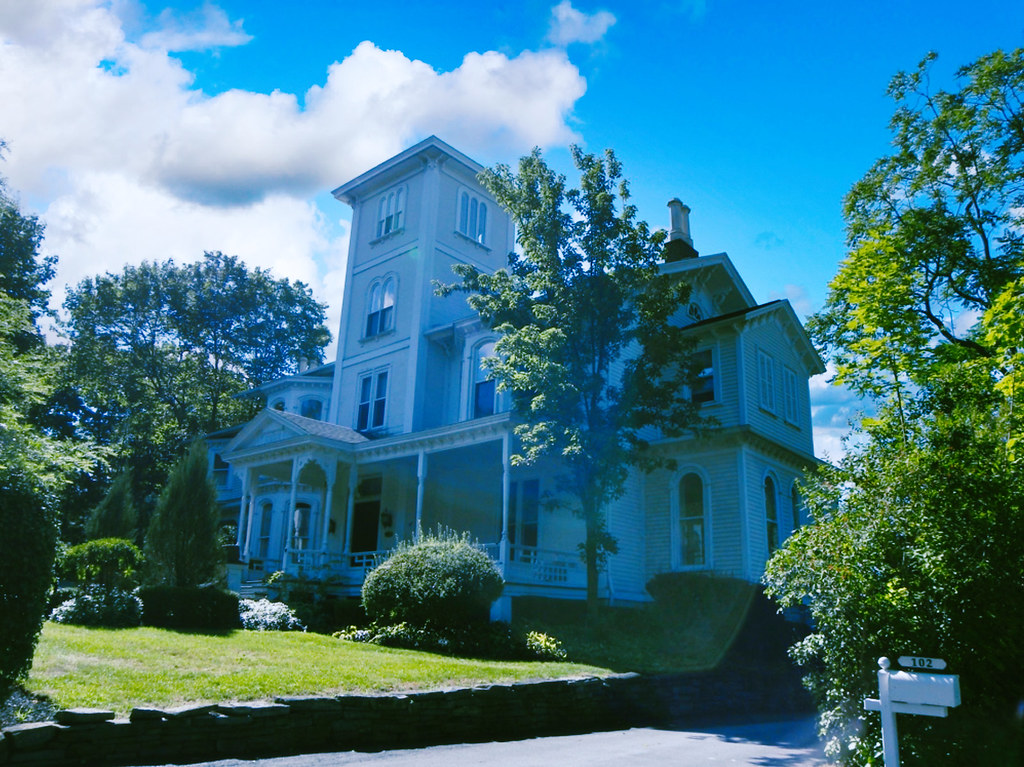Italian architecture has long been celebrated for its artistic elegance and cultural grandeur, and throughout history, it has consistently placed more emphasis on design over engineering. This prioritization is deeply rooted in several key factors that defined Italian architectural identity.

Renaissance architects in Italy were profoundly inspired by classical Roman architecture. They meticulously studied ancient structures like the Colosseum and the Pantheon, drawing from these monumental examples to create their designs. The vocabulary of Renaissance architecture included fundamental elements such as columns, pilasters, pediments, entablatures, arches, and domes. Vitruvius’ writings, which emphasized symmetry and proportion, were also instrumental in shaping Renaissance aesthetics.
The Renaissance marked a significant shift in how architects were perceived. Moving away from being seen as mere skilled laborers, they began to be regarded as artists. This transformation was driven by the humanist ideals of the period, which sought to create structures that appealed to both emotion and reason. Architects like Filippo Brunelleschi and Leon Battista Alberti embodied this change by blending engineering prowess with artistic creativity.

Several key figures in Renaissance architecture illustrate the emphasis on design:
Italian Renaissance architecture is characterized by several distinct features:
| Characteristic | Description |
|---|---|
| Classical Orders | Use of Tuscan, Doric, Ionic, Corinthian, and Composite orders. |
| Symmetry and Proportion | Emphasis on mathematically precise ratios to achieve harmony. |
| Architectural Elements | Inclusion of columns, pediments, arches, and domes in designs. |

"Picton Ontario - Canada - Heritage House - Italianate architecture" by Onasill - Bill Badzo - 149 Million Views - Thank Y is licensed under CC BY-NC-SA 2.0. To view a copy of this license, visit https://creativecommons.org/licenses/by-nc-sa/2.0/.
The concept of sacred geometry played a significant role in Italian architecture, representing ancient principles that pervaded through historical periods. Shapes like the circle and the vesica pisces were fundamental in creating complex architectural designs. Italian architects also utilized the Golden Ratio (phi) extensively to achieve aesthetic balance and harmony, seen in works by Renaissance artists such as Leonardo da Vinci and Michelangelo.
The balance between grand public buildings and elegant domestic architecture further illustrates the Italian focus on design. Notable examples include:

Italian architecture, with its strong emphasis on design, has left a lasting legacy on a global scale. The transition from Renaissance to Baroque and the eventual spread of Italian architectural principles worldwide through books like The Art of the Italian Renaissance, travel, and colonization have ensured that the design-focused approach remains a cornerstone of architectural beauty and cultural expression.
For a more in-depth exploration of the Golden Ratio's influence, visit Unveiling the Golden Ratio. Additionally, you can explore the Baroque art and architecture that succeeded the Renaissance period.
Furthermore, to truly understand the broader impacts of historical architecture styles, consider reading about historical influences in modern architecture. If you are interested in studying these elements in person, read about opportunities to study abroad in Milan.
